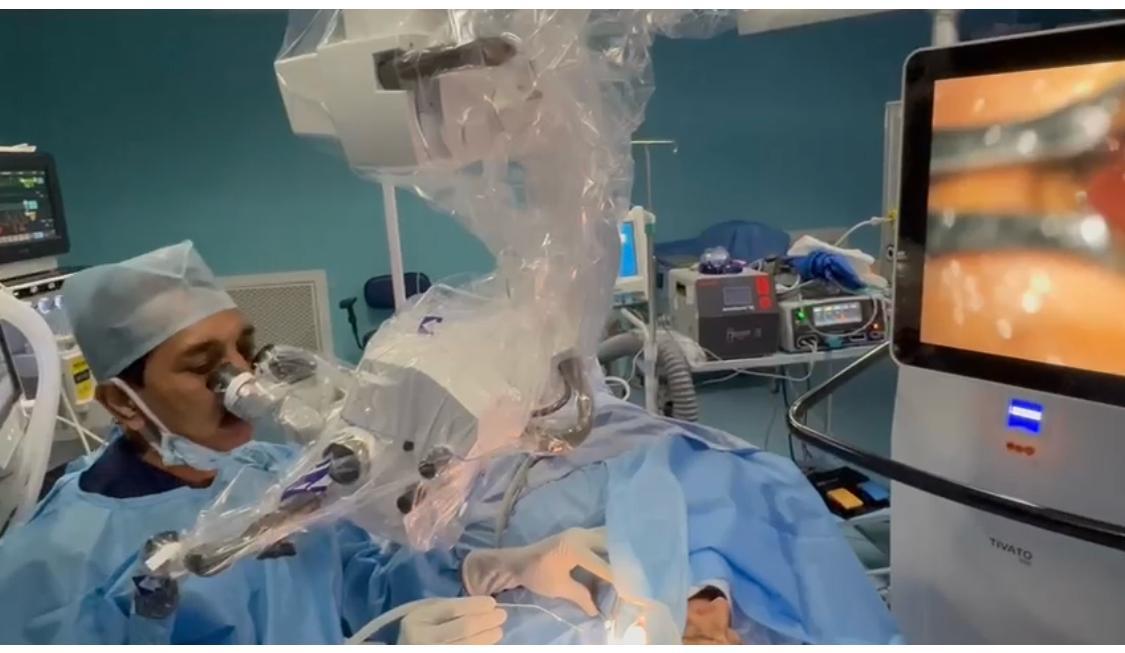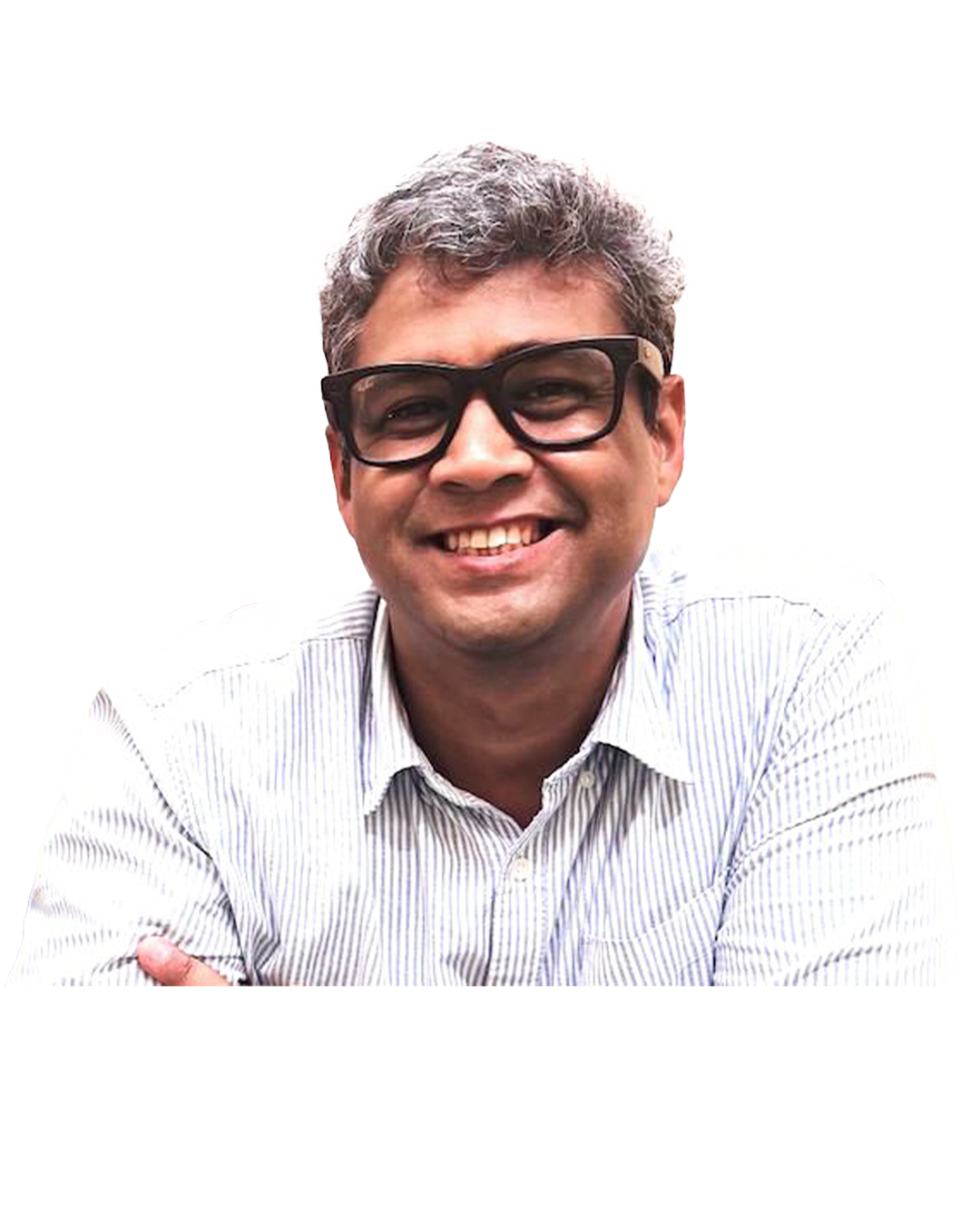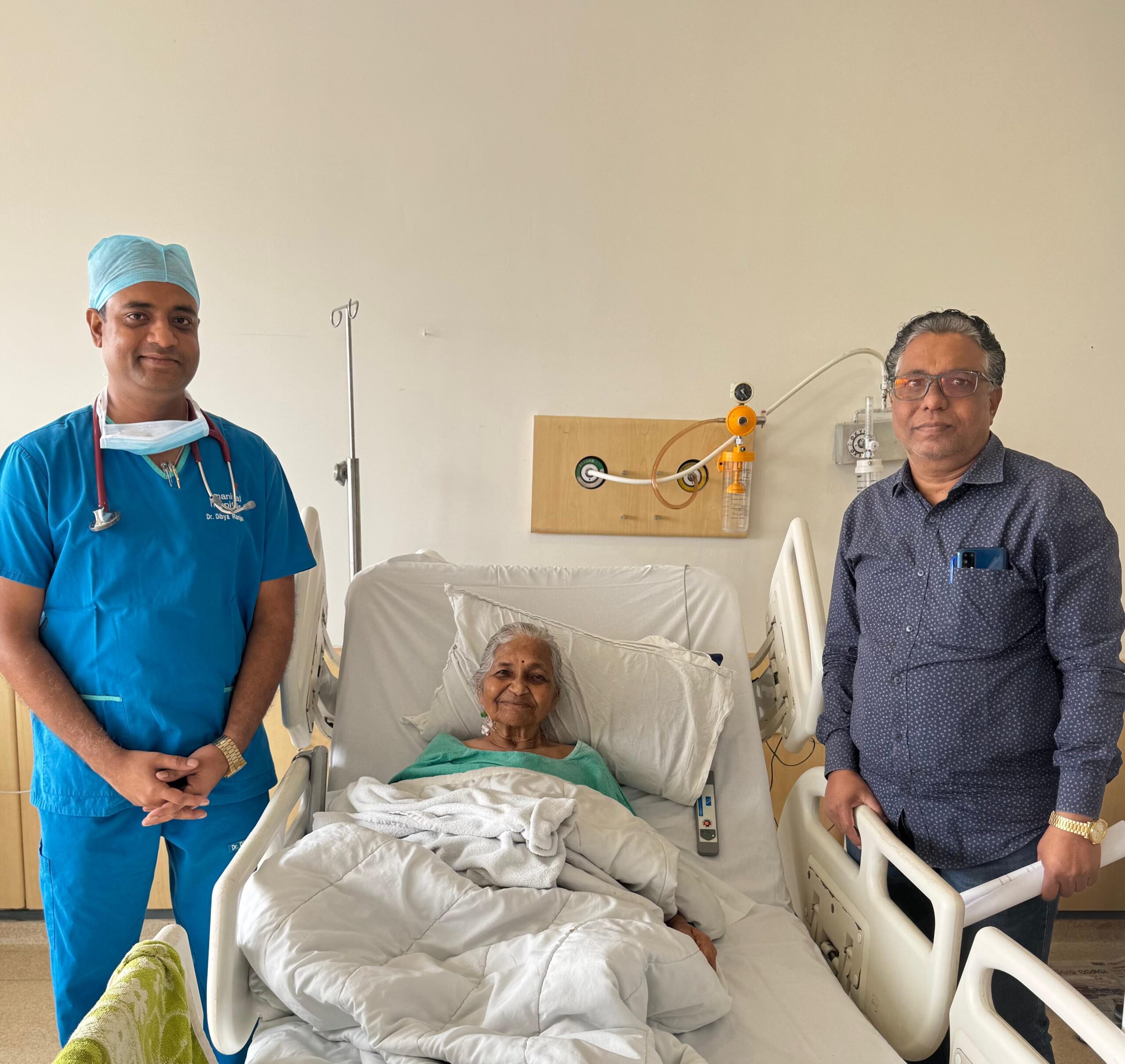Bengaluru, Dec 19:- Sri Sathya Sai Institute of Higher Medical Sciences and Siemens Healthineers have entered a strategic clinical research collaboration titled, ‘Collaborative Clinical Research in Echocardiography.’ It brings together SSSIHMS’s commitment to free medical care and the leadership of Siemens Healthineers in cutting-edge ultrasound and cardiovascular imaging.

This effort will explore key research areas, which includes advancing 2D and 4D echocardiography capabilities, enhancing quantitative imaging and automated measurements, optimizing workflows and usability, and evaluating imaging performance across diverse patient groups to ensure consistent, high-quality diagnostic outcomes. The collaboration is designed to improve early detection and accurate assessment of cardiac diseases and supports the hospital’s mission to provide high-quality, compassionate healthcare free of cost.
Dr. DC Sundaresh, director of SSSIHMS said;
“This collaboration aligns strongly with SSSIHMS’s mission of combining clinical excellence with compassionate service. By working closely with Siemens Healthineers on advanced echocardiographic research, we aim to generate meaningful clinical evidence that enhances early diagnosis, improves outcomes, and expands access to high-quality cardiac care for all, especially in resource-constrained settings.”
Kalavathi GV, executive director (India) and head of global Development Center, Siemens Healthineers said, “Expanding access to care is central to our purpose. This clinical research will help understand the region-specific customer challenges and support in developing AI-powered solutions which will improve workflows and enable increased access to cardiac care.”
Chaitanya Mehrotra, head of ultrasound Asia Pacific region, Siemens Healthineers added;
“We believe that innovation must serve humanity. Our collaboration with SSSIHMS reflects our commitment to expanding access to high-quality cardiac care. Together, we are pushing the boundaries of echocardiography ensuring that innovation and compassion go hand in hand, while accelerating patient-focused R&D and clinical studies.”
This initiative builds on SSSIHMS’s long-standing association with Siemens Healthineers. The hospital has already integrated Siemens Healthineers technology to deliver advanced, high-precision cardiac and neurovascular interventions.
Sri Sathya Sai Institute of Higher Medical Sciences was founded in 2001 by Bhagawan Sri Sathya Sai Baba in Whitefield, Bengaluru. SSSIHMS is a premier 333-bedded tertiary care hospital established on the unique philosophy of providing world-class medical and surgical care completely free of cost to all patients, without distinction of caste, creed, religion, nationality, or economic status. This institution represents the fourth healthcare initiative of the Sri Sathya Sai Central Trust, created to deliver the best in high-quality healthcare to the poorest of the poor, rooted in compassion and service. The hospital specializes in advanced cardiac sciences and neurosciences, offering comprehensive services including preventive cardiology, interventional cardiology, cardiac surgery, electrophysiology, pediatric cardiology, neurology, neurosurgery, general medicine, general surgery, obstetrics and gynecology, pediatrics, ENT, orthopedics, ophthalmology, and allied specialties. Over the past 25 years of SSSIHMS and 50 years of SSSGH the hospitals have provided free medical services with a very conservative valuation estimated at approximately INR 4500 crores, impacting the lives of over 60 lakh patients from across India and beyond. Through its unwavering commitment to service, clinical excellence, and ethical medical practice, SSSIHMS stands as a globally recognized model of compassionate, value-based healthcare.
Siemens Healthineers pioneers breakthroughs in healthcare. For everyone. Everywhere. Sustainably. The company is a global provider of healthcare equipment, solutions and services, with activities in more than 180 countries and direct representation in more than 70. The group comprises Siemens Healthineers AG, listed as SHL in Frankfurt, Germany, and its subsidiaries. As a leading medical technology company, Siemens Healthineers is committed to improving access to healthcare for underserved communities worldwide and is striving to overcome the most threatening diseases. The company is principally active in the areas of imaging, diagnostics, cancer care and minimally invasive therapies, augmented by digital technology and artificial intelligence. In fiscal 2025, which ended on September 30, 2025, Siemens Healthineers had approximately 74,000 employees worldwide and generated revenue of around €23.4 billion. Further information is available at siemens-healthineers.com.






